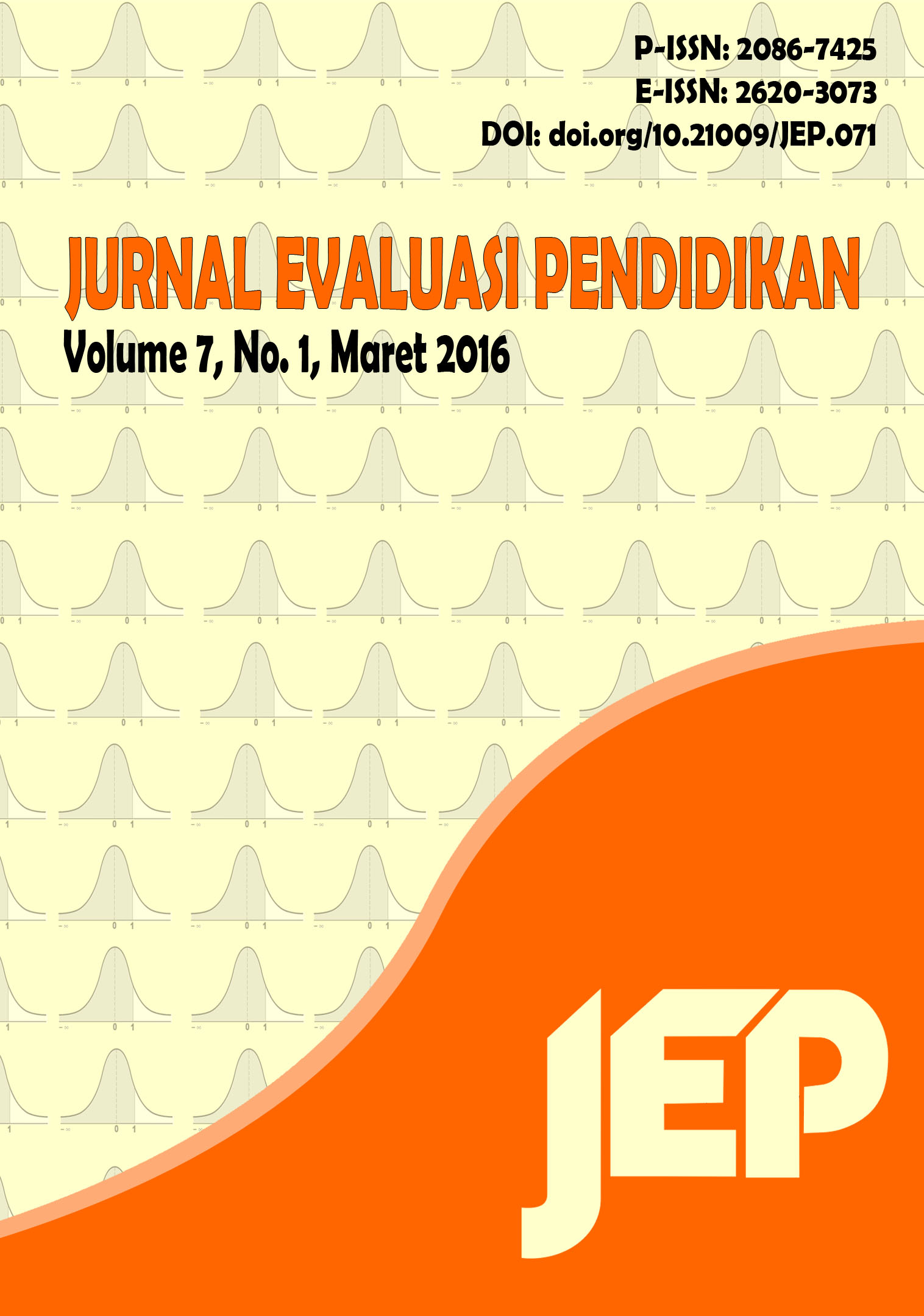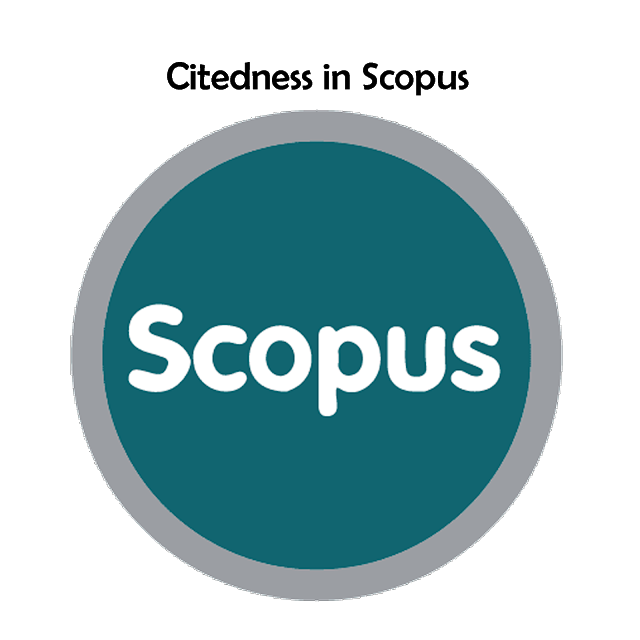PENGEMBANGAN INSTRUMEN SCIENTIFIC THINKING PADA SISWA SMA
DOI:
https://doi.org/10.21009/JEP.071.03Keywords:
Instrument development, scientific thinking, construct validity, construct reliabilty, Confirmatory Factor AnalysisAbstract
The purpose of this study is to develop a valid and reliable scientific thinking instruments for senior high school students. Operationally, the objectives of this research are: (1) to describe the development of the instrument of scientific thinking at senior high school students and (2) to construct a valid and reliable instrument of scientific thinking in senior high school students. This research was conducted in five public schools in Cilegon. Conceptually, the construct of scientific thinking in senior high school students consists of five dimensions: process of deductive thinking, process of inductive thinking, process of thinking of elemental analysis, process of thinking of relational analysis and process of thinking of structural analysis. Based on the review of expert and the validation of panelists, interrater coefficient value obtained for the five dimensions shows reliable result. In the first empirical test, the research was conducted on 240 respondents. In the second phase, the research was conducted on 300 respondents. Data analysis used SEM with software of lisrel 8.8, model of second order confirmatory analysis. The result of first empirical test validation indicates that there are two indicators with the value below the loading factor of 0.3. Meanwhile, the second phase of empirical test shows that all indicators have the value above the loading factor of 0.3. The result of reliability of first empirical construct test indicates CR = 0.861, and the second phase shows CR = 0.934. Most of the value of GOF show a good fit, thus the developed instrument of scientific thinking in senior high school students is valid, reliable, and usable.








